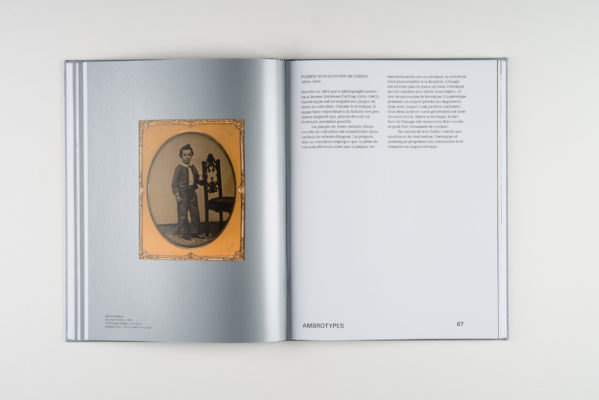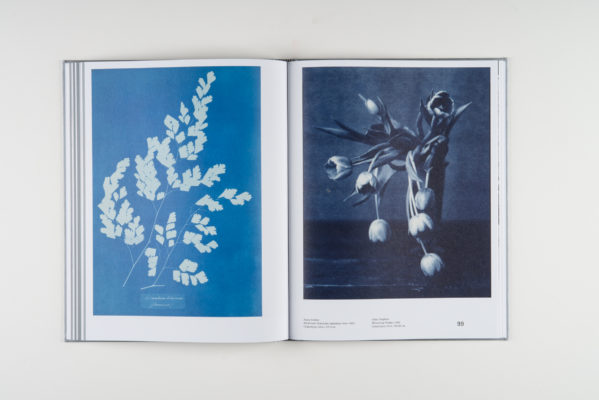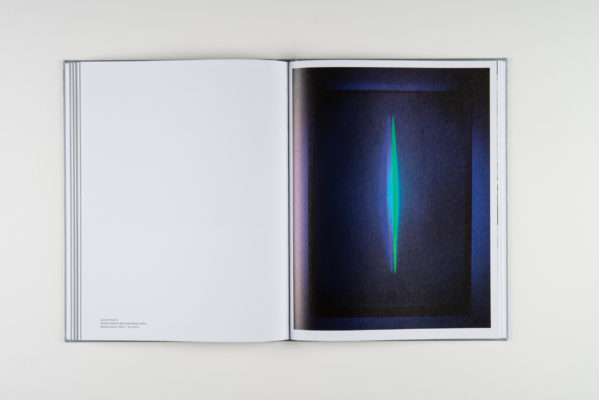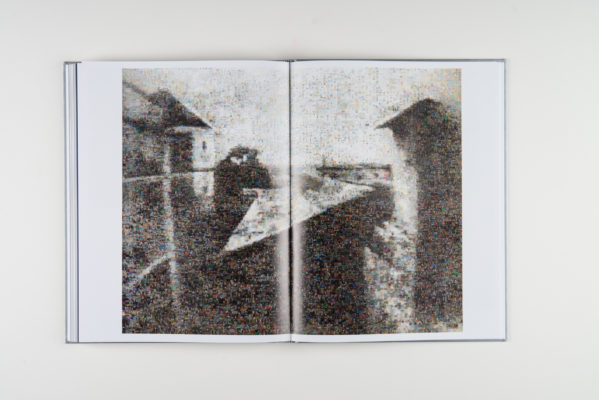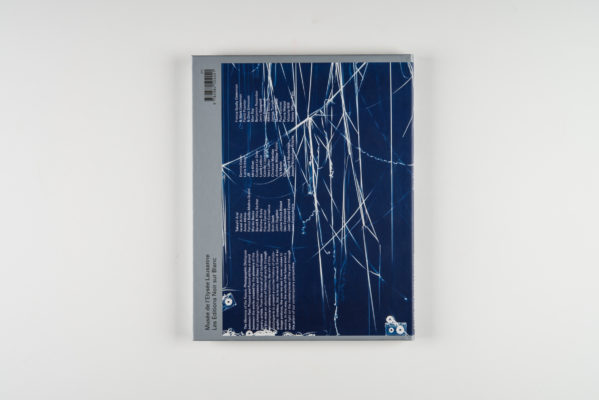The Memory of the Future
Photographic Dialogues between Past, Present and Future
| Editor | Photo Elysée & Les Éditions Noir sur Blanc |
| Publication date | 2016 |
| Dimensions | 21 x 27.2 cm |
| Number of pages | 152 |
| ISBN | 978-2-88250-424-1 |
| Price | EUR 39.- / CHF 47.- |
The Memory of the Future presents a selection of works from the Photo Elysée collection, juxtaposed with pieces by contemporary artists. From reusing ancient techniques from the 19th and 20th centuries to the inception of historical works through contemporary reinterpretations, the book aims to present a counter-history of photography: timeless, almost intervisual.
The book showcases the richness and diversity of photographic techniques: from daguerreotypes to holography, photography has traversed numerous mediums (glass, metal, paper), negatives or positives, presented here through historical and contemporary works that resonate in a visual dialogue. An interview with Anne Cartier-Bresson helps trace the history of photographic techniques and demonstrates how contemporary photographers reinvent them. Simultaneously, the publication focuses on the work of Oscar Muñoz, an artist at the confluence of various genres, sometimes a visual artist, photographer, draftsman, or video artist. His work is illuminated through a second interview, also conducted by Tatyana Franck.
Under the direction of Tatyana Franck With contributions from Anne Cartier-Bresson, Martin Veterli, and Oscar Muñoz
This book accompanies the eponymous exhibition presented at Photo Elysée from May 25th to August 28th, 2016


